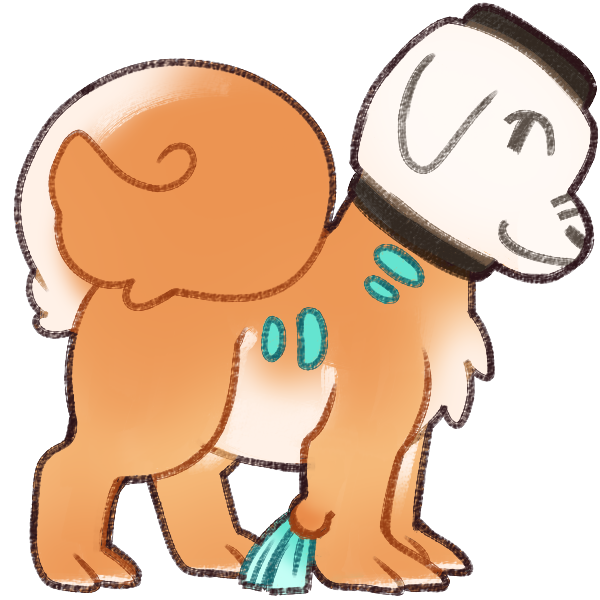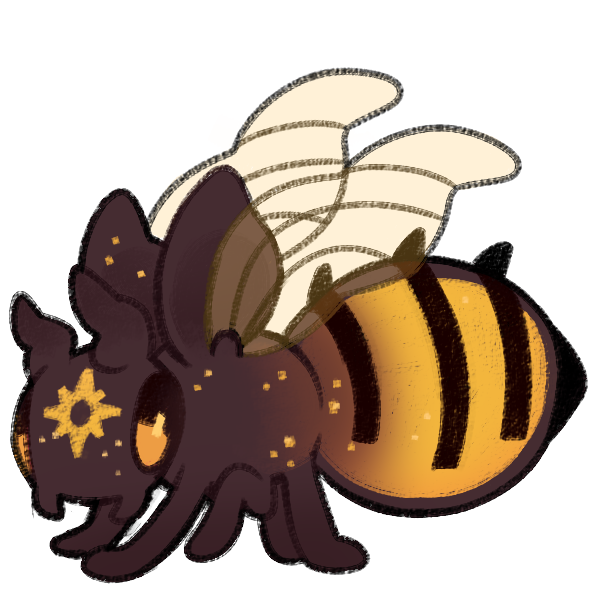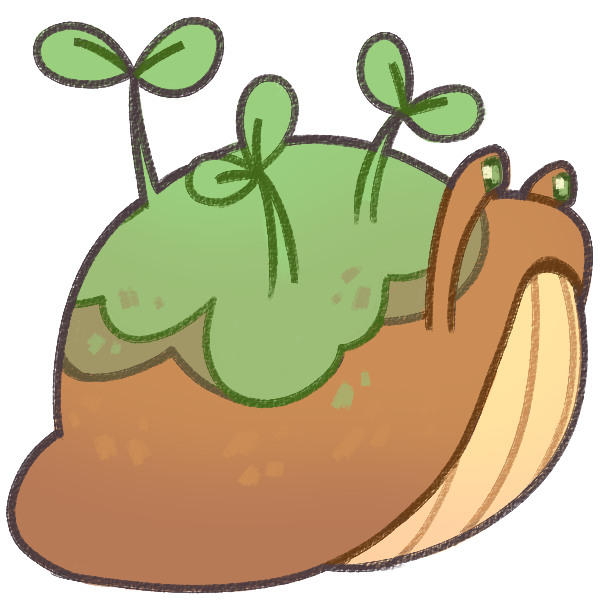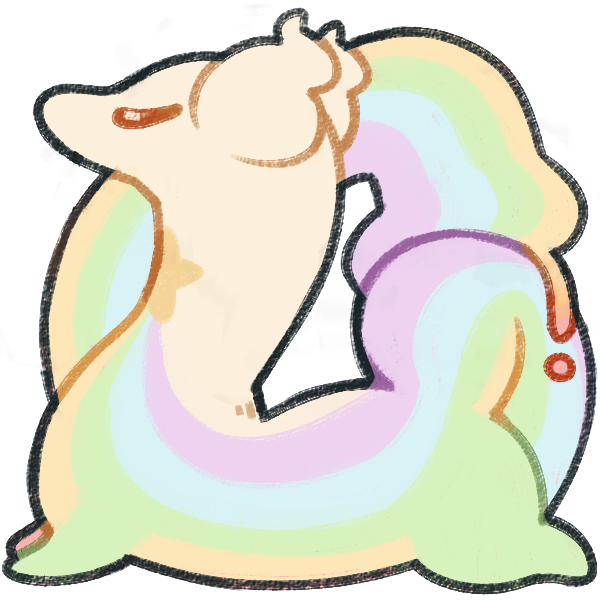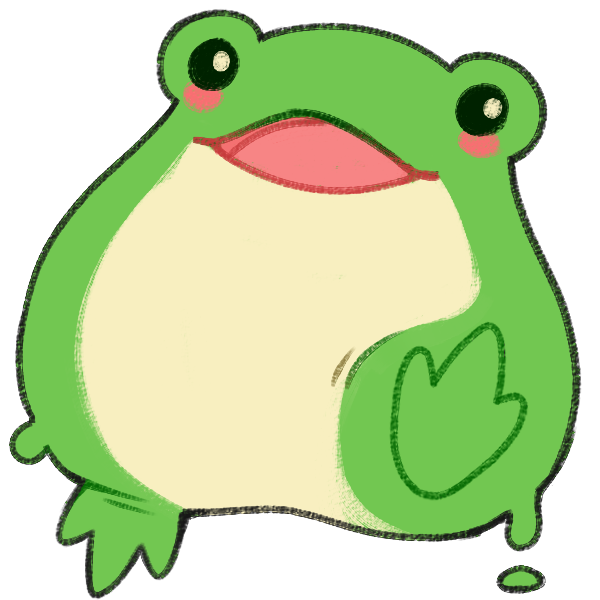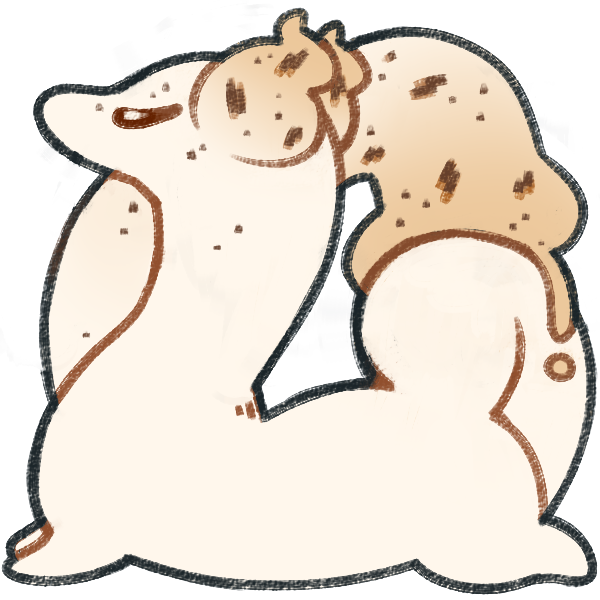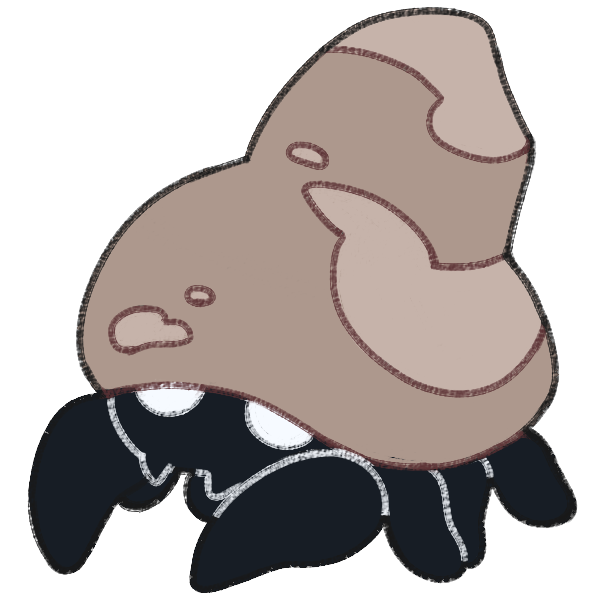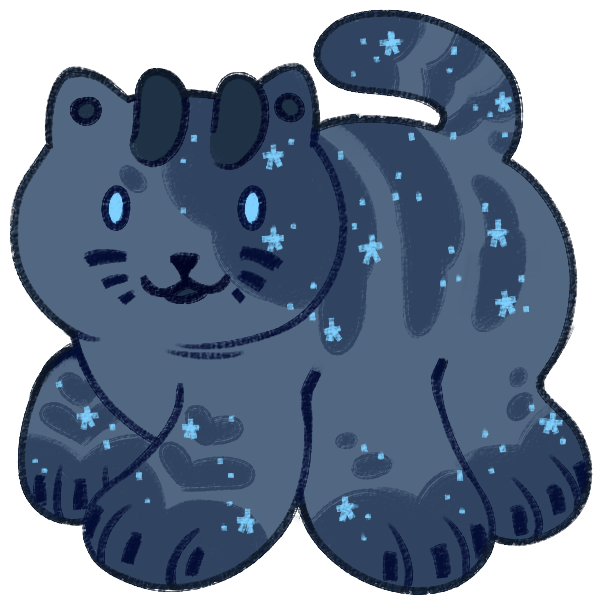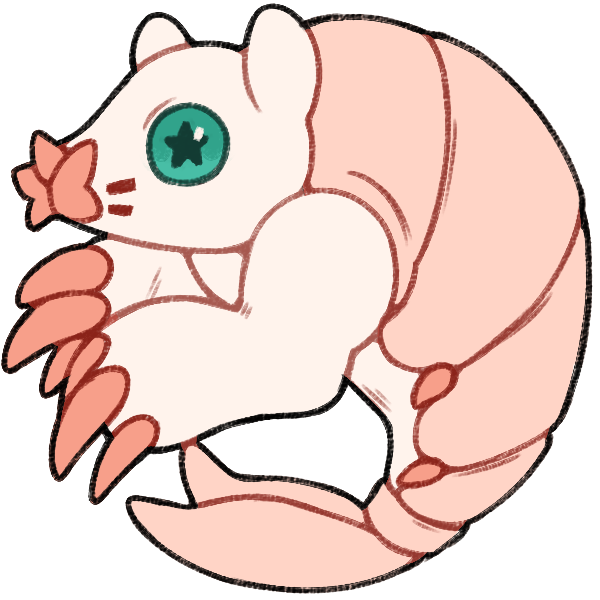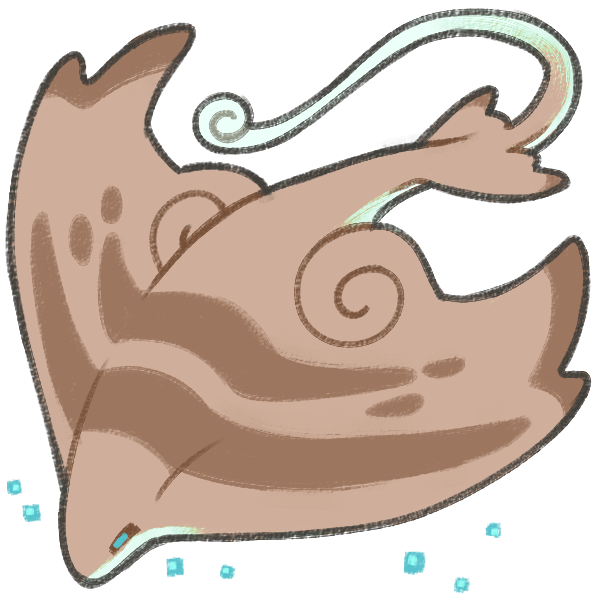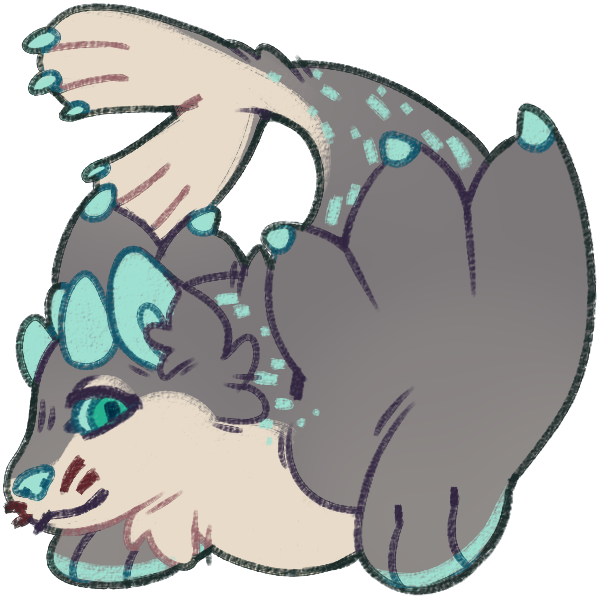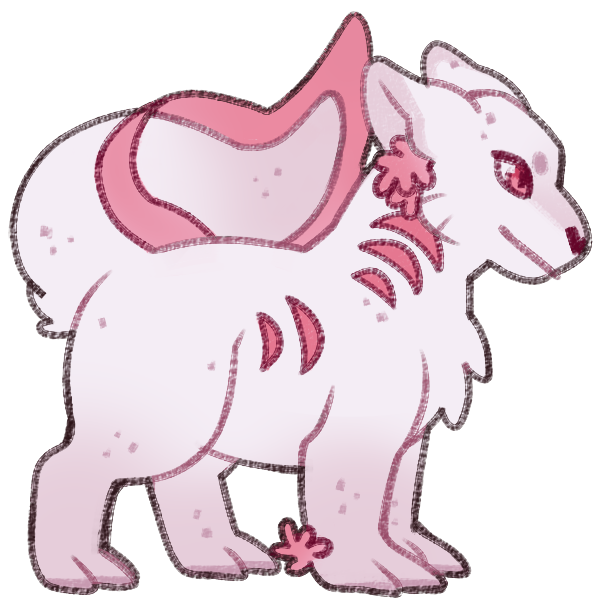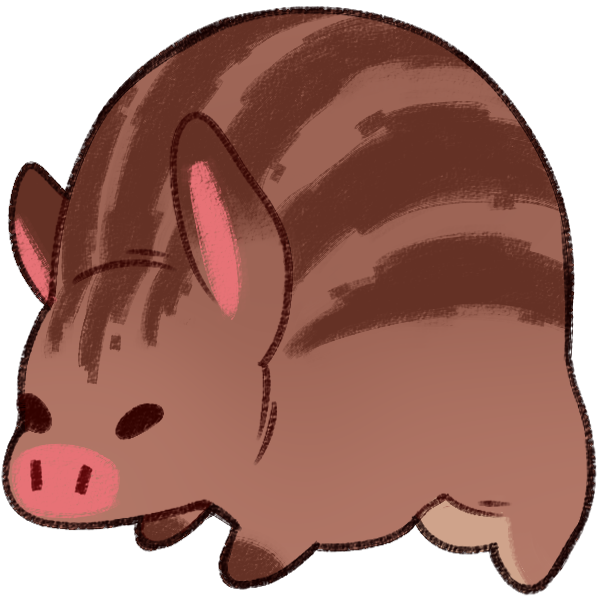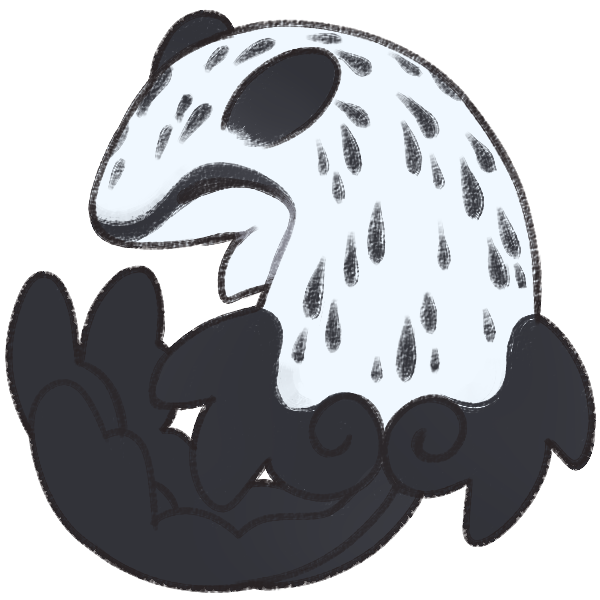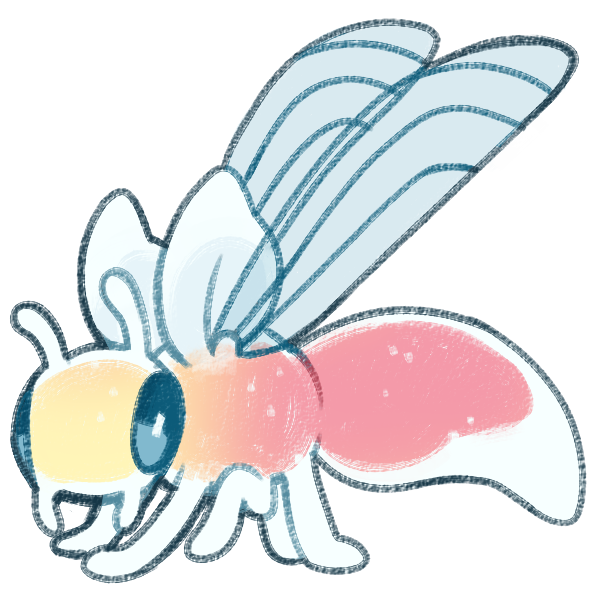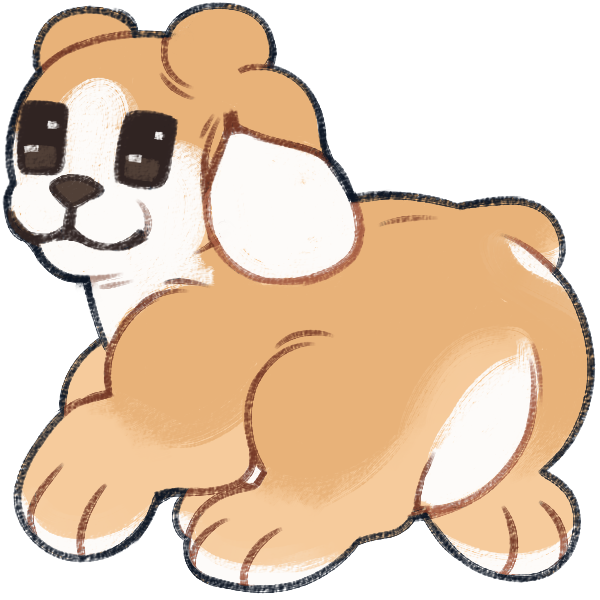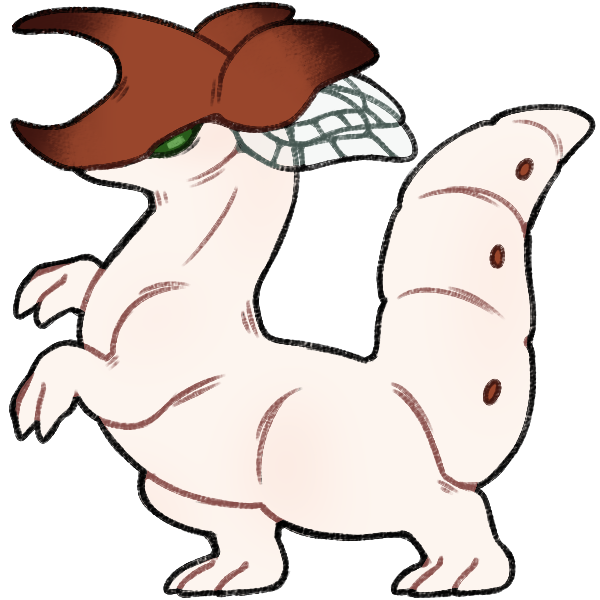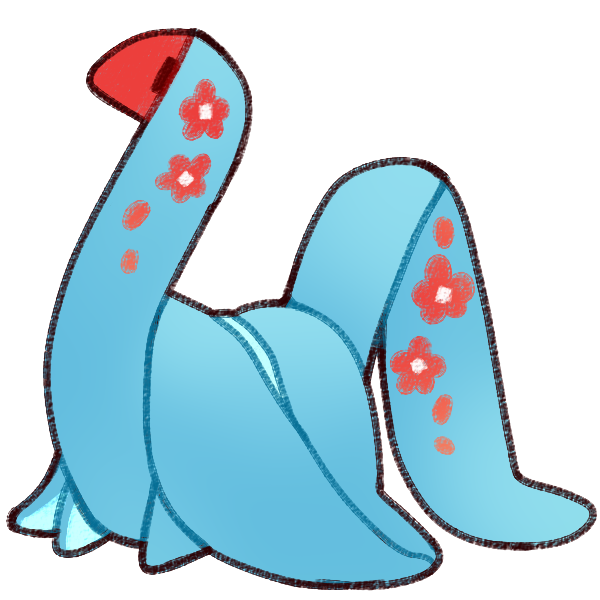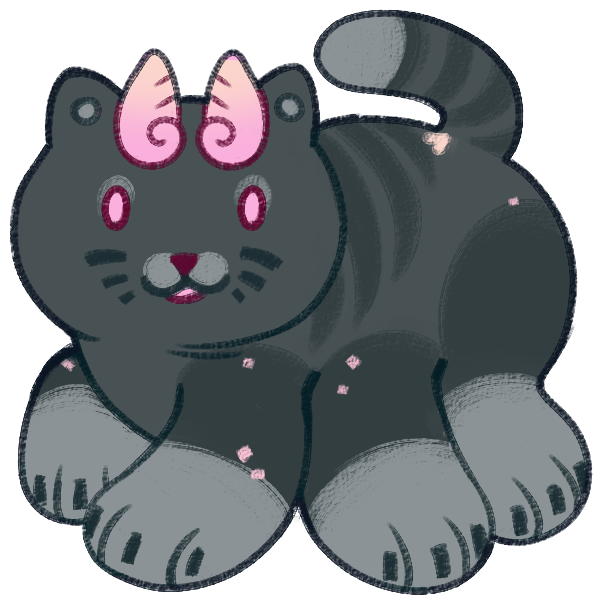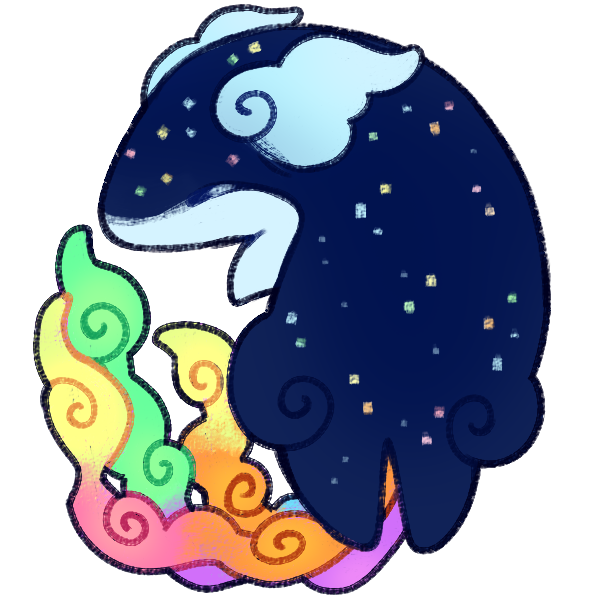Items
Lantern Foxylotl ver. 2
This bizarre foxylotl only appears during the First Light Festival and seems to have a lantern for a head rather than a normal face, often with some silly little face drawn on the surface. Despite their strange appearance, they often become a new pet for many of the island inhabitants during this time of year, likely because they are so silly. Their lack of a mouth and eyes can be perplexing, but they seem able to navigate just fine and most who study the islands' wildlife believe they feed off of the lights passively let out into the air through bioluminescence from both the mushrooms that spread across the islands as well as mhoats themselves. Supporting this, their heads and vents give off a faint glow at all times, growing in intensity when they are near other light sources which would suggest they are actively feeding.
Availability
Purchaseable At:
Nixifly
This rare type of angelfly tends to appear during the First Light Festival and is drawn in by the various light motes that form from the magic being generated from both magic light displays as well as the turtonic ritual performed during the summer season. Unlike the standard angelfly that processes the magic existing naturally in their diet, these angelfly only seem interested in magic tied to this particular element which means they become much more elusive without constant sources of magically-generated light to feed from. For this reason, while they swarm during the summer season, they tend to prefer a much more solitary way of life any other time of the year.
Availability
Purchaseable At:
Eensie
These large slugs seek out sheltered places in the winter and reappear during the spring to feed on newly released spores. As they feed, they pick up the spores of moss which forms into a thick growth on their back, and eventually, seeds get caught in this growth which allows a variety of plants to grow on the backs of these slow-moving slugs. Large plants will dig into the soft fat stores on their backs and draw nutrients from the stores there with little detriment to the eensie themselves. Much of their diet comes through filter feeding from the air; consuming spores, small organisms, and other materials that get kicked up into the air whenever the ground is disturbed by passing creatures. Mynrosians like to keep these small creatures as miniature garden spaces when they lack space for a proper garden since they can grow larger plants and a wider variety than plant pots of the same size would allow.
Availability
Purchaseable At:
Rainbow Comet Slug
A rare meringue slug known for the rainbow trail its tail leaves when swiped across surfaces.
Availability
Purchaseable At:
Slime Frog
A frog-like creature that can be found in bodies of freshwater and island homes. Their primary role is to absorb water so it can be purified and desalinated when it is vented from the ocean into the various water sources of the islands. When kept in homes these little frogs tend to be used as a means to recycle water for various uses.
Pet Variations Show
Availability
Purchaseable At:
Meringue Slug
Slinky, weasel-like creatures that produce an acidic liquid from the ends of their prehensile tails; using their tails they create complex warrens of tunnels where communities of these creatures seek out the roots of mushroom colonies to break down and feed on. Their dietary needs actively stunt the growth of new fungi and limit the expansion of the colonies they live under. Those who keep these slugs as pets often feed them a special diet to reduce their acidity so they can't cause damage around their homes.
Pet Variations Show
Availability
Purchaseable At:
Cattypillar
Cattypillar are soft and cuddly creatures that are well-loved among mhoat; sweet and docile even when encountered out in the wild. They prefer nothing more than to laze about and soak up the sun, but their fast metabolism and singular focus when it comes to food mean they hunt voraciously for the various island parasites that hide underground among the roots of various mushrooms or just below the surface of larger mushrooms. Even burrowing under the ground to dig out a juicy morsel isn't beyond these otherwise lackadaisy little creatures, which is why mhoats that keep these little creatures of pets do well to keep a regular source of food around as they are prone to trouble.
Pet Variations Show
Availability
Purchaseable At:
Burrowing Grole
An elusive creature that lives underground; they eat the rot and roots of mushrooms.
Availability
Purchaseable At:
Sea Wyvern
Pack animals that eat ocean parasites; they are common pets among aquatic mhoats.
Pet Variations Show
Availability
Purchaseable At:
Snuffler
Snufflers are large foraging creatures that depend on nudiphym through a symbiotic relationship to aid them in keeping clean through regular grooming. In return, they consume mushrooms, plants, and many other meals close to the ground that release spores, pollen, and other small organisms into the air which their constant companions eagerly consume. Snufflers rarely spend time not seeking out food, consuming more and more, and growing continuously. Snufflers large enough to pull wagons and be used as mounts aren't uncommon, and Mynrosians will gladly befriend and watch over these creatures in return for easy transportation.
Availability
Purchaseable At:
Nudiphym
Nudiphym are a group of lighter than air creatures that share a symbiotic relationship with snufflers. Their larger counterparts consume mushrooms, plants, and many other low to the ground meals that release pollen, spores, and a variety of other small organisms into the air for the much smaller nudiphym to feast on. Given how much food snufflers kick up into the air, it's common to see small colonies of these creatures following a single or several snufflers in groups. When not spending the vast majority of their time in the air, they will land directly on the snufflers and groom the various organisms that grow on a snuffler's hide.
Pet Variations Show
Availability
Purchaseable At:
Angelfly
Angelfly are a common site across many of the islands of Mynros due to their general diet and ability to adapt to many different environments. While they may have a delicate appearance, these hardy little insects tend to thrive wherever they form a new hive. Given this and their ability to make honey from a diet of mushroom spores, nectar, and fermented fruits, they tend to be favored companions. A strong sense of loyalty also helps, as those who show them care or leave them treats will find they have a generous source of honey throughout the year.
Pet Variations Show
Availability
Purchaseable At:
Caterpoggo
These creatures are well-loved among mhoats due to their long history of acting as protectors to the youngest and most vulnerable of their society. When not owned as pets, these small guardians can be found in a variety of both single and community nests where little mhoatlings live and grow. Wherever a caterpoggo lives it takes on the creatures that live there as its own, fighting off predators, and parasites, and helping move them away from dangerous weather or natural phenomena. They'll even go out of their way to provide for the creatures where they can, bringing preferred food and nudging them over to water whenever they sense a need, making them the perfect nanny for baby creatures.
Availability
Purchaseable At:
Chargel
This arboreal species is drawn toward the heights of forest canopies and live most of its life in solitude save for the few interactions shared with the meringue slug colonies that dwell below the forest floor. Dwelling in the trees allows these creatures to dig into the bark of trees to dig out small parasitic creatures that would otherwise harm their homes; alongside this, they use their horns to dig out small nests in the sides of trees which they call home so they have little reason to visit the forest floor. The reason for their lives of solitude is that chargel are an extremely territorial species and when two enter the same territory they will fight until only one is run off by the victor. They are so well known for their aggressive nature that no one has actually observed a pair of chargel coming together, much less a young chargel living in the open. Given this, it is rumored that the chargel and meringue slugs' symbiotic relationship is an indication of the ability to interbreed or may even be the same species just misidentified as independent species by Mynrosian scholars.
Pet Variations Show
Availability
Purchaseable At:
Oribird
Oribirds are creatures that can fold and unfold their body at will, when unfolded they resemble a square sheet of paper and always return to the original bird-like shape they are known for. Given their light weight and lack of bones, they are quite adept at flight being carried along by the flapping of their small winds and the use of wind currents to gain height. Across Mynros these odd birds find use as messengers, unfolding to allow Mynrosians to write out a message on their inner skin and then fold right back up to be sent off to deliver what was written. They have an uncanny ability to find whichever person the letter is meant for and no one is entirely clear on how they manage this.
Pet Variations Show
Availability
Purchaseable At:
Love Cattypillar
This variant of cattypillar is lured out by feelings of love as they are commonly seen around festivals held related to love or events dedicated to the celestial, Livinia. They are just as sweet and loveable as the standard Cattypillar, but their loyalty is more fickle. A circulating rumor is that new couples often wake up to find that their home has been invaded by this cattypillar and will refuse to leave, but should the relationship end so too will these creatures seek out a new home. Like with all rumors, most take the tales with a grain of salt.
Availability
Purchaseable At:
Comet Strike Nudiphym
This summer variation of nudiphym appears during the First Light Festival, trailing lazily through the skies with trails of light following their path. These lights flare and taper off similar to comets, giving them an ethereal quality as they create interesting light displays against the backdrop of the night sky. Their bioluminescence is a result of their diet, from feeding on a variety of glowing mushroom spores and the brittle pieces beneath their caps.
Availability
Purchaseable At:
